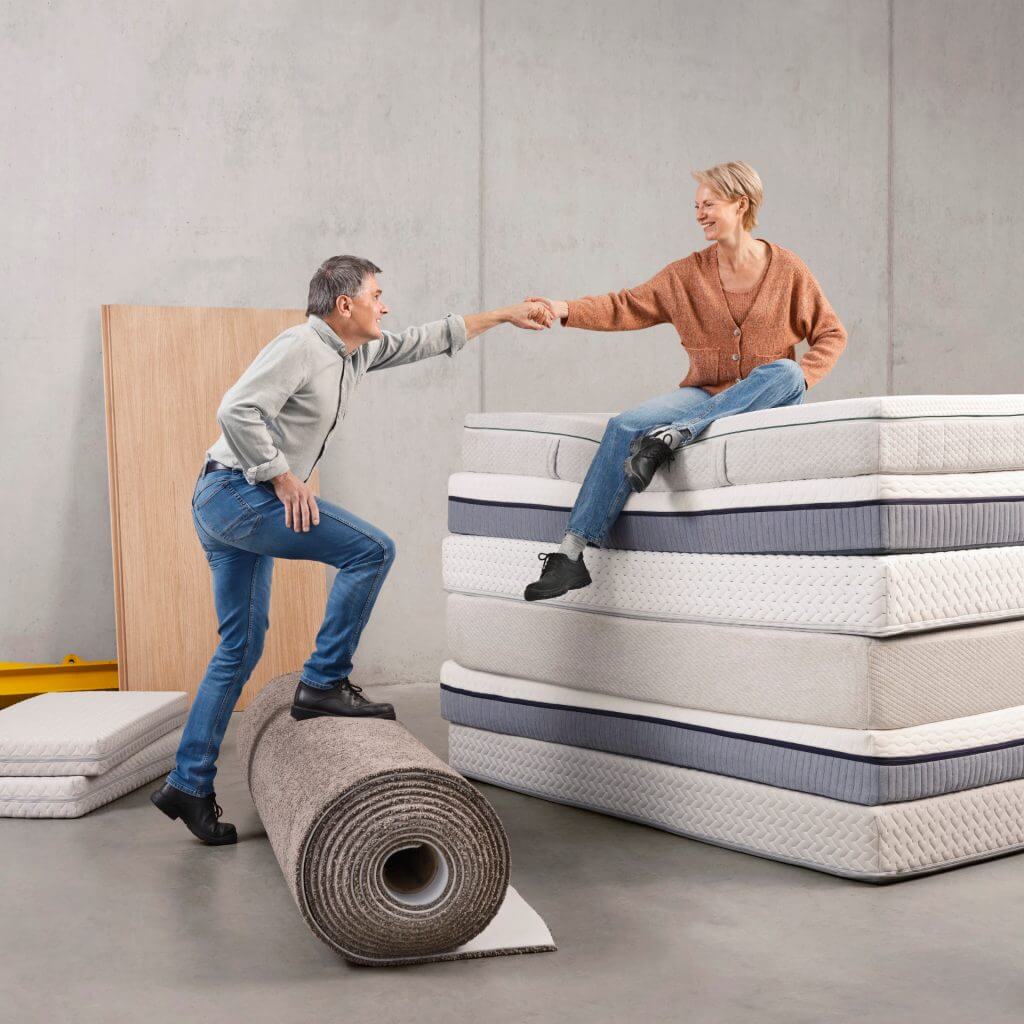TRANSITIONING TO A CIRCULAR ECONOMY
This is how to work towards a world without waste
Do you aspire to contribute to a world without waste? A fully circular business model is possible. By applying circular design principles, using material innovations and new manufacturing technologies, producers in the carpet, mattress and furniture industries are already (re)designing products for circularity. They are showing the world how it can be done. These are the key steps to creating products that can be used again and again. Not trashed.
Design with the end in mind
Most recycling is actually downcycling. Ultimately, materials still end up as waste. When selected wisely, materials can be transformed back into equal or similar products. To keep such materials clean, and therefore fit for reuse, repair, remanufacture or recycling, no harmful substances should be added.
Share what’s inside
Moving recyclability from theory to practice starts with material transparency. To be sure of a product's recyclability, you need to know what’s inside. That’s why every product with a Niaga® tag comes with a unique product passport. By scanning the tag, you’ll see exactly what it's made of and how it can be returned.
Return is key
Ecosystem development
Closing the loop
Making it real
Carpet, mattress and furniture panels are among the top 10 bulky waste items worldwide. Now manufacturers have successfully redesigned these products to make them healthier and fully recyclable. Such redesigns are all possible thanks to unique Niaga® click-unclick adhesive.








